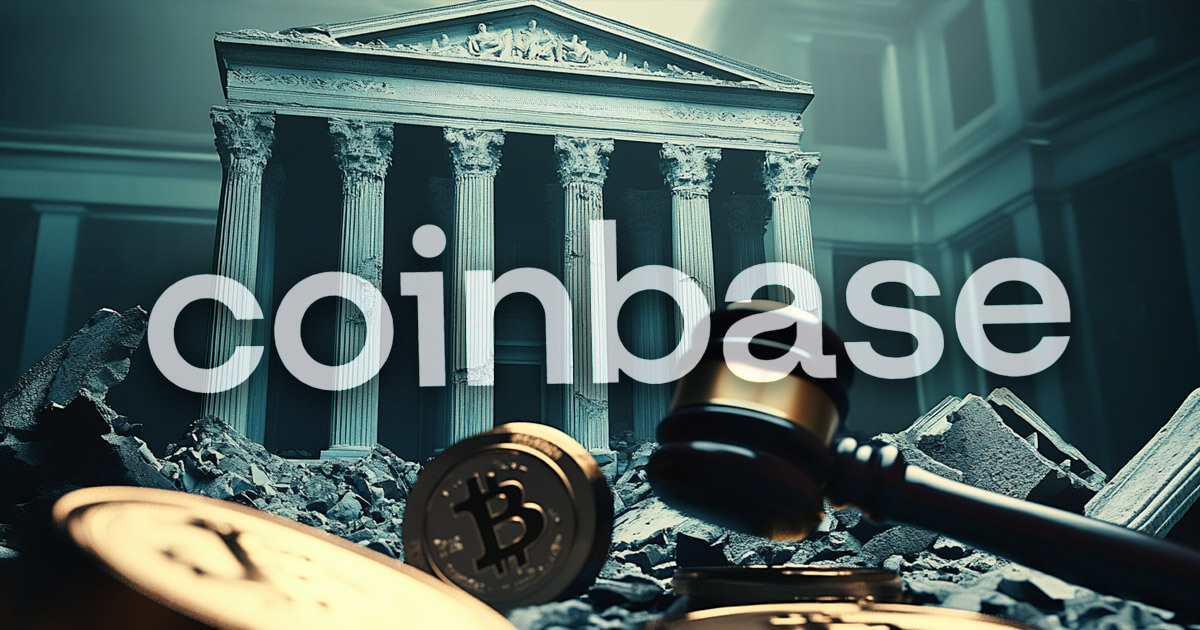 Cult coins: Crypto in the post meme era? John deVadoss · 22 mins ago · 2 min read
Cult coins: Crypto in the post meme era? John deVadoss · 22 mins ago · 2 min read
High-profile leaders and celebrities fuel new crypto subculture, transforming cryptocurrencies into tools of identity and devotion.

Cover art/illustration via CryptoSlate. Image includes combined content which may include AI-generated content.
The following is a guest post and opinion of John deVadoss, Co-Founder of the InterWork Alliance.
Every crypto cycle brings its unique artifacts. In 2017, it was ICOs; in 2021, NFTs took center stage, and more recently, Meme Coins have been the darling of traders. But as the dust settles and investors grapple with financial and emotional losses, a fascinating new phenomenon is gathering momentum in 2025: the Cult Coin.
Cult Coins aren’t simply Meme Coins 2.0. While meme tokens thrive on humor, irony, and virality, Cult Coins exploit deeper psychological mechanisms of tribalism, social identity, and quasi-religious devotion. They (usually) blend blockchain technology with the powerful human desire for community and shared belief systems and, in some cases, may transcend financial speculation.
Growth in Cult Coins has been driven by high-profile global leaders and celebrities launching their own branded tokens. These influential figures channel their substantial followers and fans to form devoted communities rapidly, whether it’s a political leader launching a token tied to their reputation, a popular entertainer creating a coin tied explicitly to their image, or a founder that falls back on their personal magnetism rather than pursuing sustainable market differentiation, the attraction often has little to do real-world utility.
Interestingly, some projects don’t begin as Cult Coins but evolve into them over time. Initially promising significant innovation, utility, or economic benefit, tokens plateau in technological development or practical adoption. At this point, their communities pivot toward ideological identity and faith-based loyalty to sustain engagement.
Why are Cult Coins thriving as Meme Coins appear to be fading? Fundamentally, crypto has always offered more than financial returns. Bitcoin’s earliest adopters often described their involvement in terms of belief, belief in decentralized governance, censorship resistance, and a future unchained from traditional finance. Ethereum’s followers, meanwhile, advocate passionately for an open digital economy powered by smart contracts.
Cult Coins amplify this by explicitly merging community identity and token economics, creating environments where ideological loyalty is paramount. Communities typically rally around charismatic leadership and, in some cases, ambitious philosophical narratives. Token holders don’t just expect financial returns; they become converts, advocates, and defenders, forming communities resilient to volatility, criticism, and even regulatory intervention.
This, however, raises ethical questions. When does passionate community engagement cross into exploitation? The distinction between authentic innovation and opportunistic manipulation is increasingly blurred. Cult Coins can cultivate echo chambers that reward unwavering loyalty, actively discouraging critical thinking or innovation.
The risks are substantial: unchecked tribalism leads to environments where skepticism is quickly labeled betrayal, stifling discourse, and there is the undercurrent of doing whatever it takes to sustain the price of the token.
Yet, one could argue that Cult Coins are what certain segments of the market demand. There is indeed a product market fit for Cult Coins; they fulfill social and psychological needs for belonging, identity, and meaning beyond financial speculation. Dismissing their value outright overlooks their potential as genuine drivers of grass-roots community development and resilience. Community leaders must navigate this terrain thoughtfully and cautiously, embracing powerful social forces while anchoring them in transparency and ethical standards.
The Meme Era illustrated the viral power of spectacle with a hint of irony and perhaps dark humor. The Post Meme Era, if it is shaped by Cult Coins, will test how communities channel their devotion and belief in a charismatic leader and their myth.




















































